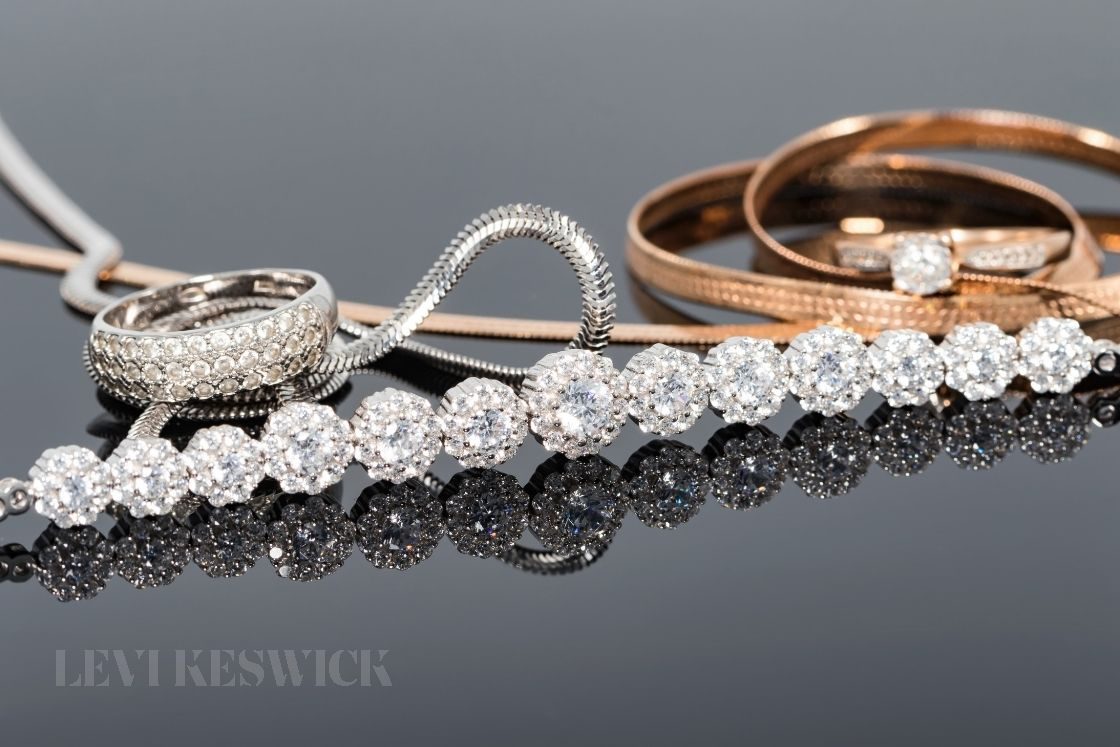Have you ever stopped to wonder why some people are seemingly obsessed with certain metals? Throughout history, certain metals have always been set aside as strictly valuable. The most beautiful varieties of precious metals have been with us throughout history and still have practical applications today.
The Variety of Gold
Very few people would argue the simple beauty of this metal. Gold is best known for its unique yellow color—a trait attributed to power and wealth and often associated with the blessings of sun gods in ancient times. Pretty much every civilization has worked, used, and fought over it. Besides their rarity, gold and gold alloy are especially desirable today due to their conductive traits.
Many electronics contain a tiny percentage of gold to improve their efficiency. Besides this, gold is often mixed with other rare metals to produce unique color variations, such as lighter and white tones. Additionally, naturally occurring gold alloys exist, such as rose gold.
A Tradition in Silver
When it comes to the most beautiful varieties of precious metal, it’s pretty hard to top silver. As a metal, silver has been with us for a very long time, serving in alloys and its pure form. The earliest uses of silver were coins way back in 600 BCE. In the 18th century, it was highly popular as cutlery, granting us the commonly misused term “silverware.”
As anyone can tell you, this metal has a rich metallic gray color which varies in dark and warm tones depending on the quality, condition, and age. Of the precious metals, silver is unique in that it sometimes produces tough-to-remove smudges when exposed to excessive air and humidity. While some people mistakenly think tarnish is bad, it’s not a sign of damage but rather part of its charm. The most beautiful antique silver pieces often have tarnish deep in crevices, which tend to highlight the stunning details of engraving and embossing.
Perfection of Platinum
Whenever someone is talking about the best of the best, the word platinum is often added as an adjective. Platinum is very rare, valuable, and beautiful, which earns it a place with premium labels such as gold and diamond. The earliest uses of platinum have been dated back to ancient Egypt, though in modern civilizations, it didn’t make a comeback until the 1700s.
Platinum is very tough, doesn’t corrode, and is highly malleable. These aspects make it ideal when mixing alloys, such as in coin production. It has a mirror-like sheen and is an almost white color. Besides practical applications, relations to platinum are also mixed with gold to produce the white variants. Among its cousins are rhodium, palladium, and rhenium, all of which have different tones and depths of white and gray.








